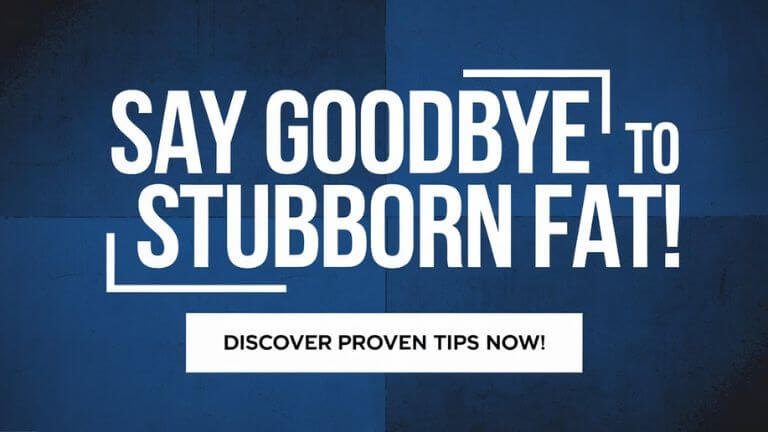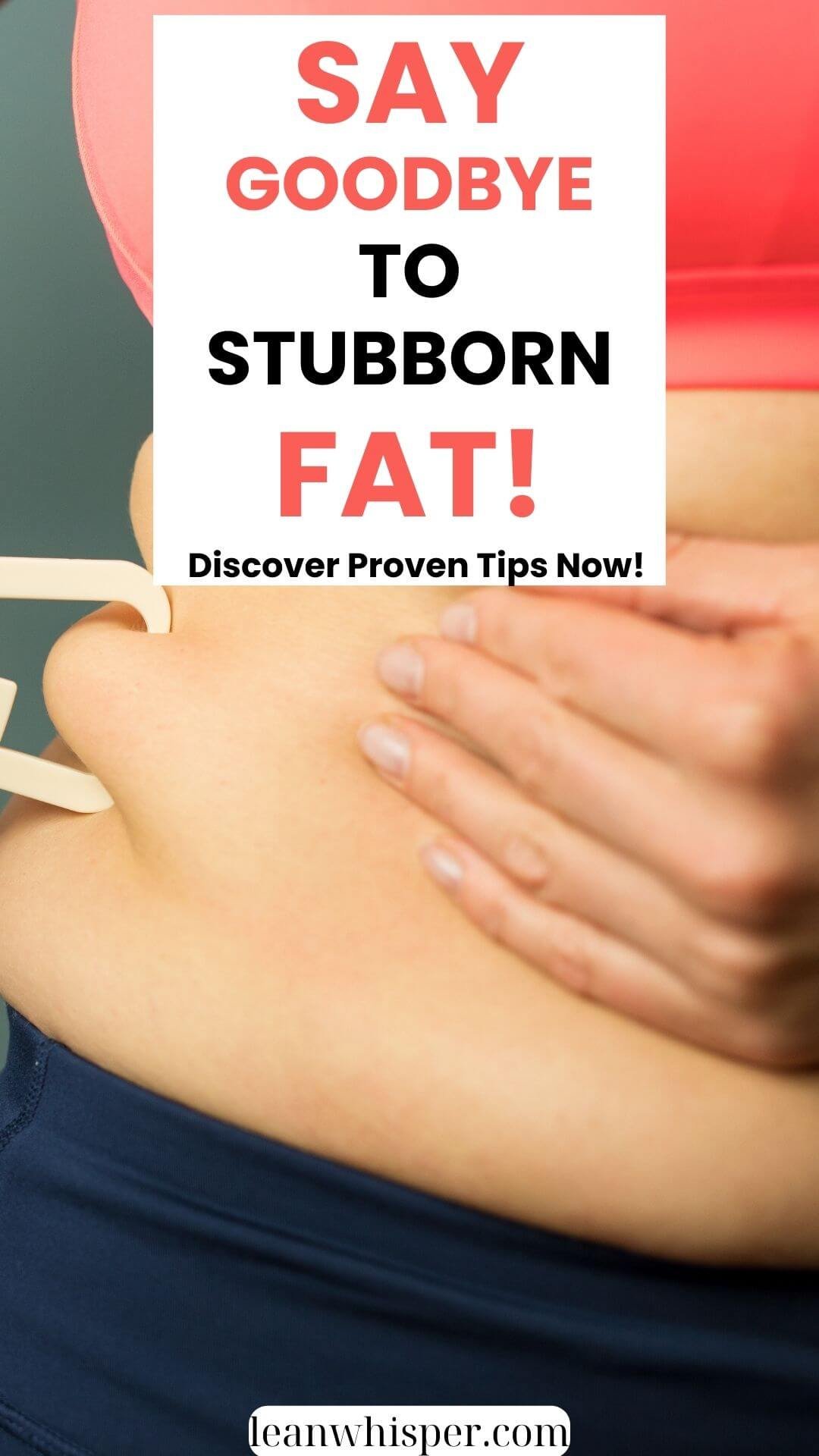How to Reduce Body Fat Percentage: A Practical Guide
Achieving a lower body fat percentage is about more than just aesthetics—it’s a powerful step toward improving your overall health and fitness. Excess body fat is linked to diabetes, heart disease, and joint issues, while reducing body fat can benefit your energy levels, mobility, and mental well-being.
Whether you’re a fitness newbie or a health enthusiast, this guide will walk you through the essentials and help you create a sustainable plan to reach your goals.

What is Body Fat Percentage?
Body fat percentage is the proportion of fat in your body compared to everything else, such as muscles, bones, water, and organs. For example, if you weigh 150 pounds and your body has 30 pounds of fat, your body fat percentage is 20%.
How to Measure Body Fat Percentage
There are several ways to measure your body fat percentage:
- Skinfold Calipers: A common, affordable method using calipers to measure fat in specific areas of the body.
- Body Fat Scales: Devices that use bioelectrical impedance to estimate body fat levels, available for home use.
- DEXA Scans: The most accurate method but typically conducted in a medical setting.
- Waist-to-Hip Ratio: Though not a direct measurement, it’s a quick way to estimate fat distribution.
Tracking your body fat percentage is a key metric to gauge your progress accurately over time. Aim to measure under the same conditions each time (e.g., in the morning before eating).
This post may contain affiliate links. Please read our disclosure here.
Why Body Fat Percentage Matters
Body fat percentage gives you a clearer picture of your health than weight alone. Unlike your scale weight, which can fluctuate due to water retention or muscle gain, this metric specifically tracks changes in fat. Maintaining an ideal percentage can help prevent chronic diseases, improve energy levels, and enhance athletic performance.
Factors That Affect Body Fat
Several factors influence how much body fat your body stores and how difficult it is to lose. Here are the primary ones:
- Diet: Consuming more calories than you burn leads to fat gain, while a calorie deficit promotes fat loss.
- Exercise: The combination of cardio and strength training is key for burning fat and preserving lean muscle mass.
- Genetics: Genetics play a role in where your body stores fat and how quickly you’ll lose it.
- Sleep & Stress: Poor sleep and high stress can increase cortisol levels, influencing fat storage, especially in the abdominal area.
- Age & Hormones: Hormonal changes, particularly as you age, can shift fat distribution and slow metabolism.
Now that you understand body fat and the factors behind it, it’s time to tackle practical strategies to reduce it.
Effective Strategies for Reducing Body Fat
1. Adopt Healthy Eating Habits
Your diet plays a monumental role in your body fat percentage. Here’s how to optimize it for fat loss:
- Focus on Whole Foods: Prioritize lean proteins, whole grains, fruits, and vegetables. These are packed with nutrients and promote satiety.
- Eat in a Caloric Deficit: Use an online calculator to estimate how many calories you burn daily and aim to eat slightly less. A moderate deficit of 500 calories per day is a sustainable target.
- Minimize Ultra-Processed Foods: Avoid sugary drinks, snacks, and fast foods high in empty calories.
- Monitor Macros: A balanced ratio of protein, fat, and carbs is essential. Aim for high protein to support muscle maintenance and recovery.
Here’s a bonus tip—jumpstart your meal planning with a smoothie diet, a nutritious way to control calories and stay full (check out this smoothie diet guide for details).
2. Stick to a Regular Exercise Routine
Exercise accelerates fat loss while preserving muscle mass, creating a leaner physique. Include both cardio and strength training:
- Cardiovascular Activity: High-intensity interval training (HIIT) offers maximum fat burn in a short time. Aim for 3–4 sessions per week.
- Strength Training: Building muscle increases your metabolism because muscle burns more calories at rest. Add compound movements like squats, deadlifts, and bench presses 2–3 times weekly.
- Active Recovery: Walks, yoga, or light stretching on rest days promote recovery and keep you active.
3. Make Lifestyle Changes
Your lifestyle habits can be just as important as diet and exercise when reducing body fat:
- Prioritize Sleep: Lack of sleep disrupts hormones, such as ghrelin and leptin, which control hunger and fullness.
- Manage Stress: Practice mindfulness, meditation, or relaxation techniques to lower cortisol levels.
- Stay Hydrated: Drinking water boosts metabolism and helps curb hunger. Aim for 8–10 glasses daily.
Supplement and Diet Recommendations
Supplements and structured diet plans can complement your fat-loss goals when used wisely:
Safe & Effective Weight Loss Supplements
Consider natural, evidence-based supplements:
- Green Tea Extract (boosts metabolism)
- Glucomannan (promotes fullness with its high fiber content)
- Caffeine (increases energy and fat-burning during workouts)
Browse our recommended fat-burning supplements here.
Popular Diet Plans
- Smoothie Diet: Ideal for calorie control and high nutrient intake. Try this Smoothie Diet Plan to learn more.
- Keto Diet: Restricts carbs to encourage fat as a primary fuel source. If you’re curious, check this Keto Guide to get started.
Always consult a healthcare professional before starting new supplements or diets.
Track and Measure Your Progress
Consistency is key to achieving noticeable results. Track your body fat percentage and additional metrics:
- Keep a written or digital log of measurements every 2–4 weeks.
- Take photos to visually assess progress over time.
- Measure related metrics, such as clothing size or waist circumference.
Apps and fitness trackers can also help ensure you’re maintaining momentum and staying accountable.
Begin Your Fat-Loss Journey Today
Reducing your body fat percentage is a rewarding, long-term commitment to your health and fitness. While it can be challenging at first, a combination of nutritious meals, a regular workout schedule, and sustainable lifestyle changes will set you on the right track. For further support, explore our trusted recommendations for the Smoothie Diet, Keto Diet, and high-quality weight-loss supplements to enhance your progress.
The most important step is simply starting—so why not make a positive change today?


Hi, I’m Mia! I’m passionate about helping you achieve your weight loss goals through natural, effective methods. On this blog, I share the best smoothie recipes for weight loss, top-rated supplements that actually work, and practical tips on how to lose weight fast and naturally. Every product and recipe is handpicked to support a healthier, more confident you.
